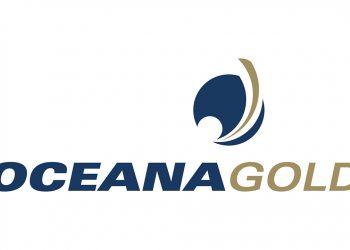OceanaGold Corporation’s Luzon gold-copper mine saw a decrease in production for the fourth quarter of 2018.
The Didipio Gold-copper Mine in Nueva Vizcaya only had a fourth quarter output of 23,300 ounces for its gold production, leaving a 115,000-ounces record for the whole year of 2018.
Meanwhile, the year-long copper production of the site totaled to 15,000 ounces with 2,900 amounting to 2018’s last quarter yield.
The decline in production was caused by lower mill feed and was expected by the company consistent with the quarter-on-quarter production decreased they recently experienced.
The Melbourne based mining firm has other mining sites aside its Didipio Gold-copper Mine in the Philippines.
Other assets of the company include the high-grade operation in Waihi Gold Mine on the North Island of New Zealand; the largest gold mine in New Zealand, the Macraes Goldfield located on the South Island of the country; and Halle Gold Mine in South Carolina, United States.
The drop in production from the OceanaGold’s Didipio site, as well as from Waihi and Halle, was partly balance by the stronger production from Macaraes allowing them to achieve consolidated guidance for the seventh consecutive year.
Mick Wilkes, President and CEO said, “OceanaGold had another solid year of operational and financial performance. For the seventh straight year, we delivered on our production and cost guidance, an achievement that we’re proud of and further underpins our focus to consistently deliver on our commitments and generate strong returns for shareholders.”
This year the company expects to double their Didipio mine site production rate from 2018’s through the enhancement of their underground operations.














